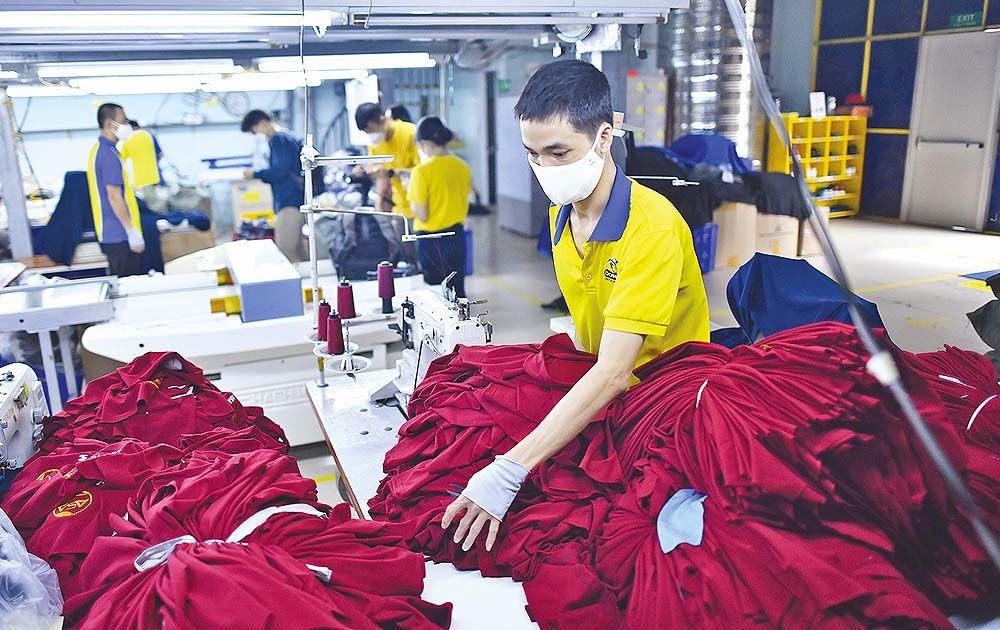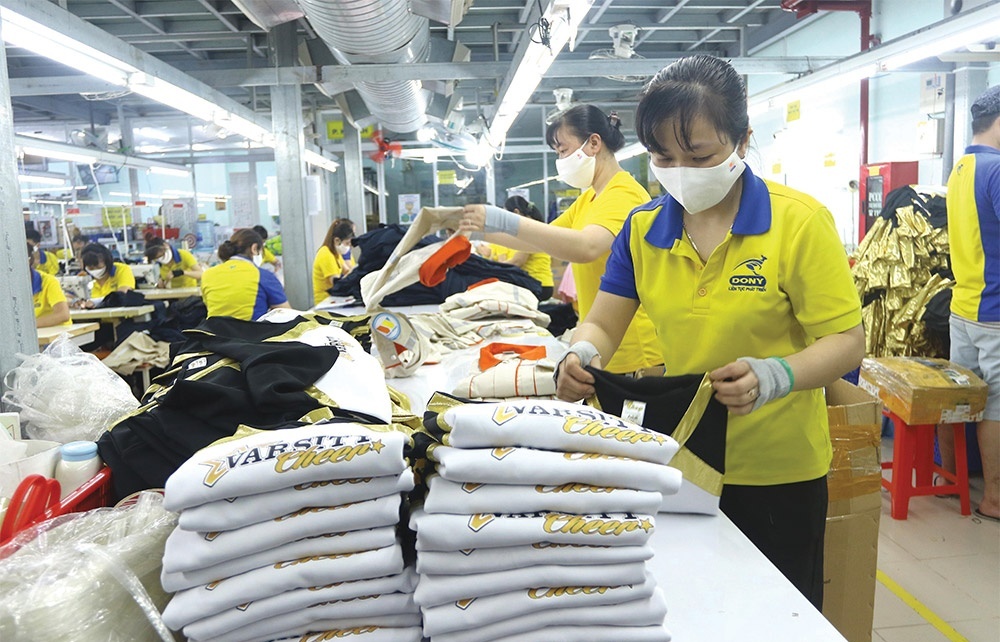Africa a savior for textile firms
 >> Garment and textile exports hit July record
>> Garment and textile exports hit July record
Reality shows that the Southern African Customs Union (SACU), which consisted of Botswana, Lesotho, Namibia, South Africa and Swaziland, is undergoing radical changes for economic development and has a tremendous demand for import servicing local demands.
According to the Ministry of Industry and Trade (MoIT), among SACU’s five member countries, South Africa has the greatest demand for textile and garment import with import value reaching $2.7 billion in 2010. This country has to import most of the products for local consumption. Lesotho came second with an import value exceeding $140 million in 2010.
Though Vietnam is one of the world’s eight largest garment and textile exporters, the presence of such products in African is modest.
Vietnam’s textile and garment export value to South Africa amounted to $22.7 million in 2010, though South Africa is Vietnam’s largest import market among SACU members, according to MoIT figures.
Made-in-Vietnam textiles and garments enjoy strong competitive advantages with lower labour costs and high productivity.
Another favourable factor is that Vietnam and SACU countries are all World Trade Organization members.
To carve out a niche in the African market, local firms needed to have a more thorough grasp of customs, culture and payment methods, said deputy general director Thai Tuan Kieu at Thai Tuan Group.
According to South Africa’s Ministry of Industry and Trade, the top five textile and garment exporters to South Africa in 2010 were China with $1.47 billion, India $164 million, Pakistan $110 million, Mauritus $87 million and Germany $86 million. Total import value of these countries to South Africa came to $2 billion, representing 71 per cent of total textile and garment exports to this African country.
The MoIT just forecast Vietnam’s textile and garment export value might reach $13.5 billion in 2011, up 20.5 per cent on-year and $500 million higher than the target set in early 2011.
The figure was $6.16 billion in the first six month, up nearly 30 per cent against the same period in 2010
What the stars mean:
★ Poor ★ ★ Promising ★★★ Good ★★★★ Very good ★★★★★ Exceptional
Related Contents
Latest News
More News
- Mitsubishi Estate launches Logicross Hai Phong - a milestone in logistics evolution (November 20, 2024 | 14:32)
- Semiconductor workforce partnerships deliver industry-relevant training (November 20, 2024 | 10:58)
- German Quickpack to invest $31.7 million in Long An province (November 20, 2024 | 09:31)
- Foreign-invested enterprises drive logistics investment in the southeast region (November 20, 2024 | 09:27)
- Chile visit underscores trade benefits (November 19, 2024 | 10:00)
- Trump’s second term impacts sci-tech activities and industry 4.0 technologies (November 18, 2024 | 10:00)
- Vietnam eyes nuclear revival to bolster energy security (November 14, 2024 | 16:46)
- Kyokuyo completes $13.5 million seafood factory in Vietnam (November 14, 2024 | 12:19)
- VinFast receives $3.5 billion funding from Vingroup and Pham Nhat Vuong (November 14, 2024 | 06:38)
- Localities sprint to reach FDI targets (November 13, 2024 | 10:00)


 Tag:
Tag:


















 Mobile Version
Mobile Version